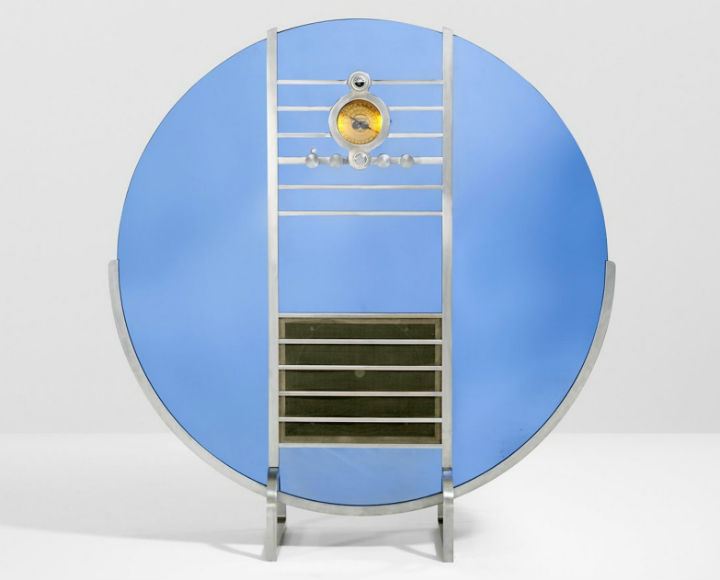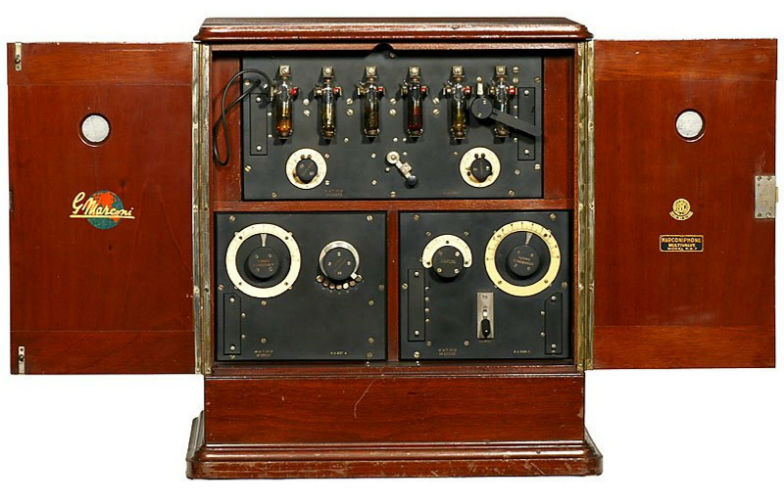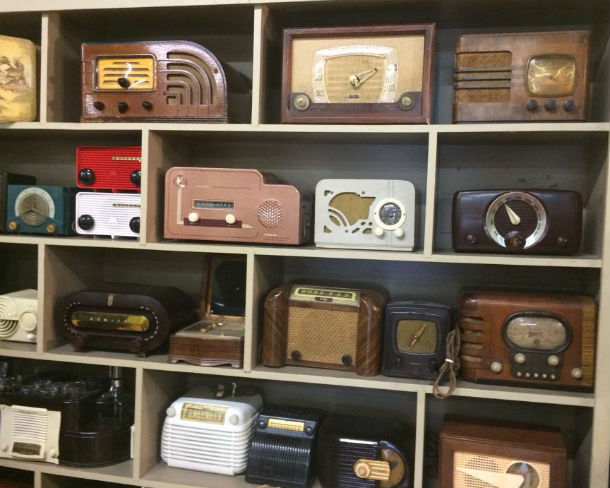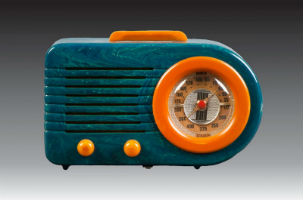
NEW YORK — When MTV made its television debut on Aug. 6, 1981, it was fitting that the first music video it aired was the Buggles’ song, Video Killed the Radio Star. While catchy, that title was not altogether prophetic. Although television has been a major force in the entertainment industry, radio has been — and continues to be — part of our lives.
From lying on the floor at Grandpa’s house listening to the New York Giants’ 1951 game when Bobby Thompson scored a pennant-winning homer, known as the Shot Heard Round the World, to today, listening to a Top 40 or a talk radio station in our cars, the radio has been a constant.
“It was such a key part of family life in the past and it still is today,” said John Ellsworth, director of the Vintage Radio and Communications Museum of Connecticut in Windsor, Conn. “As much as they said television was going to kill the radio, it didn’t. It has changed a lot but is still a big part of everyone’s lives. What we find at the museum, it was such an integral part of everyone’s heritage, people come here and the memories just start pouring out.”

As a nostalgia piece, early and vintage radios are highly collectible. “The real high-end pieces would be the ones made of Catalin,” Ellsworth said. Following closely on the heels of Bakelite radios, this translucent early plastic material could be colorized, which created a beautiful cabinet radio, often with a marbleized appearance. Bakelite had a different chemical structure so color choices there were limited to black and dark brown.
Developed in the 1930s by the American Catalin Corp., this thermosetting polymer was used to produce cheerfully vivid radio cases, which were a bright spot in American homes during the Great Depression. Thousands were made in a rainbow of colors and took pride of place in many homes sitting atop a table and remain collectible today. Finding good examples in pristine condition can be hard as the Catalin material was easily warped by temperature changes, causing stress marks or brittle areas. “The Catalin radios in good shape are very valuable,” Ellsworth said.
Also desirable to collectors from the Art Deco radio era were the Sparton mirrored radios, especially “Bluebird” and “Blue Mirror.” Early battery sets from the 1920s have also been popular with collectors, he said. Philco is the name to know when it comes to large furniture-like cabinet radios.

Phil Nelson of Phil’s Old Radios, near Seattle, Wash., is a longtime collector who created one of the first websites in the mid-1990s dedicated to this field. Asked about collectible radios, he noted many types: wooden radios in console (floor), tombstone or cathedral cabinets; Bakelite or plastic tabletops models; transistor radios; and shortwave radios.
“Some collectors acquire an assortment of different types while others specialize in a certain area,” he said. “Cabinets with Art Deco or machine-age styling are quite desirable, with sleek lines and chrome accents. Other collectors prefer high-end console radios with lots of tubes and elaborate wooden cabinets. Some people prize performance over appearance, while others value appearance above all else, and don’t even care if the radio works.”

Besides wood and plastics as common materials using in radio, Nelson said metal was used for some small “midget” tabletops, as well as large “boat anchor” communications radios, which received shortwave broadcasts as well as the standard broadcast band. A handful of radios, such as the Sparton “Bluebird,” even used mirrored glass for the cabinet front.
Offering tips to new collectors, Nelson said while it’s often hard for new collectors to pass up any radio, it’s best to consider its use. “What you buy depends in part upon how you plan to use the radio. If your main interest is in listening, then the performance of the electronics will be critical, and you will either restore the electronics yourself or hire someone to do it. For that person, the condition of the cabinet may be unimportant, as long as the radio works well. If you are mostly interested in appearance, then the radio’s cosmetic condition will be paramount, even if it is a nonworking ‘shelf queen.’”

Advising collectors to resist impulse buys, Nelson said, “Radio fads come and go, just as in other collecting areas. In general, I’d advise beginning collectors to focus on buying a small number of choice radios, rather than amassing large numbers of cheap, plain-Jane sets. Ask yourself, ‘Is this a radio that I’d be happy to keep forever?’ If the answer is no, then save your money for a radio that truly appeals to you.”



